Wavertree’s Demon Well
According to James Mackinley in ‘Folklore of Scottish Lochs and Springs’ (1893) ‘At Wavertree, in Lancashire, once stood a monastery and beside it was a well. When pilgrims arrived, the occupants of the monastery received their alms. If nothing was given, a demon, chained to the bottom of the well, was said to laugh.


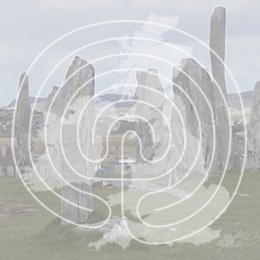
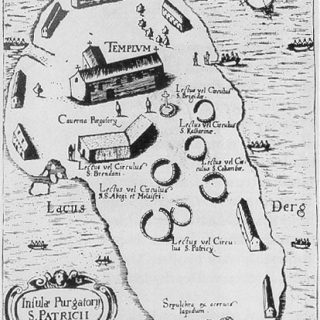

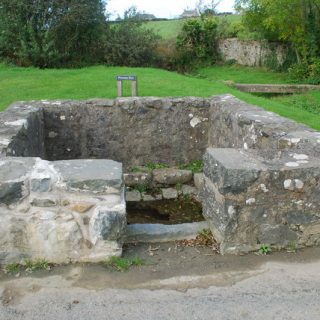
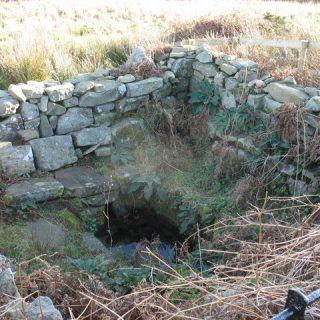
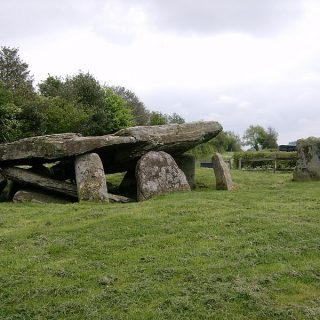
Recent Comments